I have a tree and I want to get part of the tree that is ancestors of cutree groups.
library(stats)
library(ape)
tree <- ape::read.tree(text = "((run2:1.2,run7:1.2)master3:1.5,((run8:1.1,run14:1.1)master5:0.2,(run9:1.0,run6:1.0)master6:0.3)master4:1.4)master2;")
plot(tree, show.node.label = TRUE)
I am using cutree to get a certain number of groups:
cutree(as.hclust(tree), k = 3)
run2 run7 run8 run14 run9 run6
1 1 2 2 3 3
How to get the left part of tree? Essentially this tree2:
tree2 <- ape::read.tree(text = "(master3:1.5,(master5:0.2,master6:0.3)master4:1.4)master2;")
plot(tree2, show.node.label = TRUE)

